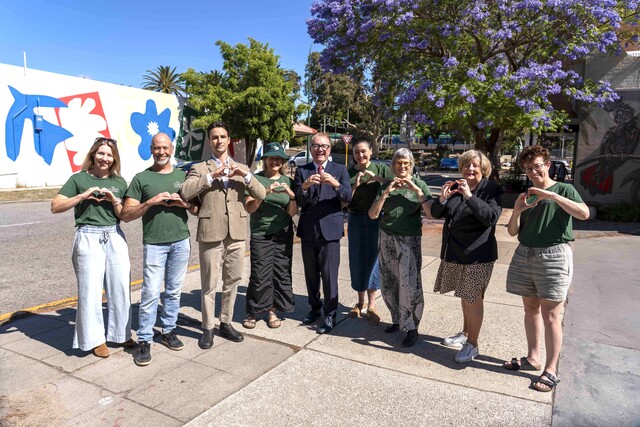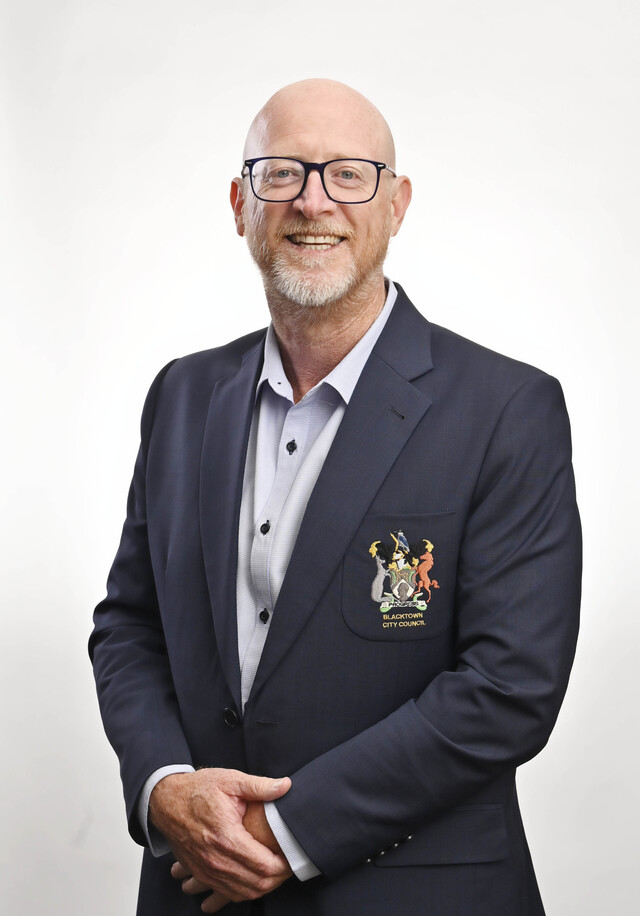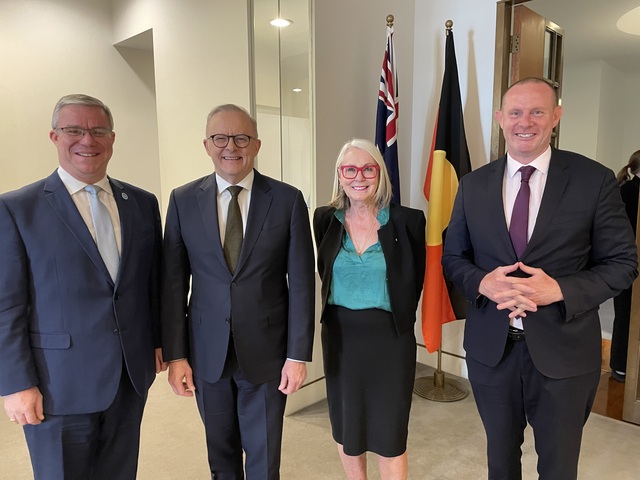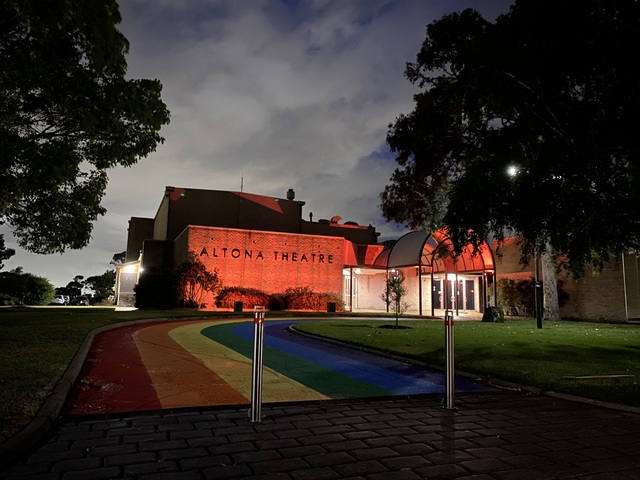60 Island council area
Flinders Council is quite unique in that its area spans the eastern side of Bass Strait, covering more than 60 islands from the Furneaux Group in the south, and northward to the Hogan’s Group just below Victoria.
Two islands sustain a permanent population, Flinders Island and Cape Barren Island.
As a remote island chain it is our self reliant, resilient and supportive community that makes us special.
An example of this is that Flinders has the highest volunteer rate per head of population in Australia (2011 census): Flinders 39 percent, Tasmania 19.5 percent, Australia 17.8 percent.
We all pitch in to help and that’s what makes the islands an amazing place to live and work.
Funding and access
Funding is the key challenge facing rural councils.
Most rural Councils have declining rate bases and assets that are either ageing or were built at a time when larger populations needed to be catered for.
The ability to fund the maintenance and upkeep of assets is a key challenge.
Maintaining population and dealing with the intricacies of legislation and regulations developed for larger population centres that do not fit well in remote rural areas is also a key area of concern that must be addressed.
Rural Councils have a very different set of challenges than our city counterparts and need tailored solutions.
Maintaining good air and sea access is vital to the economic and social well being of the island communities.
Council owns the airport and it is a challenge to cover operating costs with user charges, whilst also maintaining the quality of the infrastructure.
Sharp Airlines provides the Regulated Public Transport air service to Flinders and faces all the same cost issues that have recently faced other regional airlines.
Sea freight is provided by private enterprise through a government owned port.
Over the past five years Council has been instrumental in securing significant investments into infrastructure and services that will position the island well into the future.
Flinders has a new hospital, upgraded port facilities, renovated and upgraded community halls, completed our wooden bridge replacement program, and TasWater will soon build two new water treatment plants on Flinders.
Council is also working on a renewable energy plan for Flinders Island that if implemented would see the island as the first 100 percent renewable energy based island in the southern hemisphere.
Getting it right
I have been on council for five years, followed by a two year break by choice, then a further seven years as Mayor.
I joined council to give back to a community I had made home some
30 years previous.
I am self-employed, involved in beef farming, commercial fishing and boat charter businesses.
This reminds me daily of the challenges and advantages of operating a business in a remote area.
A specific success I had in Local Government is in childcare, which was started by Council as a short care option for parents visiting town and is now a long term day care facility operated by the Northern Children’s Network.
A memorable moment was when a strong opponent to Council spending a million dollars upgrading the local hall, said to me ‘I got it wrong’.
Since completion the hall has gone from having no use, to a facility that has multiple community users on a daily basis.
I think we got it right!








